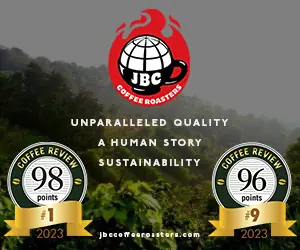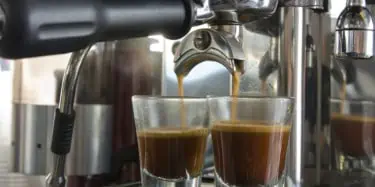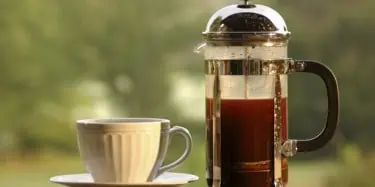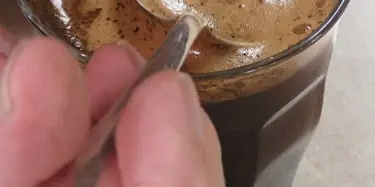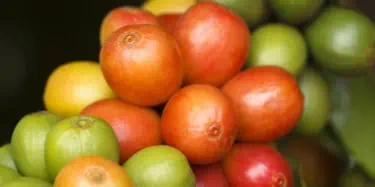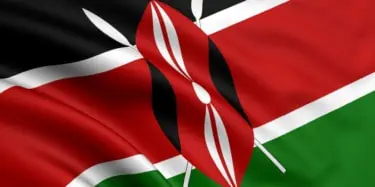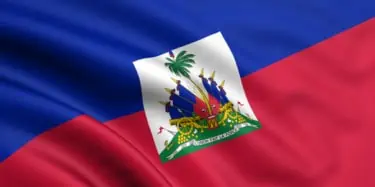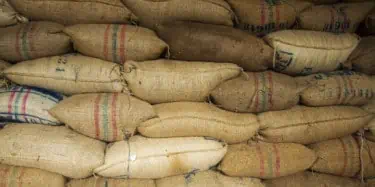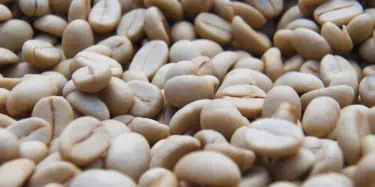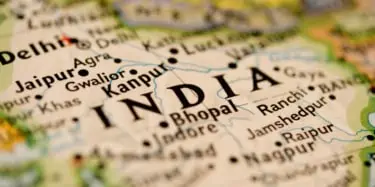Demand has been increasing faster than supply for a number of years now. This is a typical cycle after a disastrous and widely felt historic low. But it seems that this may not be an ordinary cycle and most producers may not be able to recover to meet the rising demand as new and powerful challenges emerge. I must admit that I came to World Coffee Conference really expecting a mind numbing
Journal
Coffee Review publishes regularly scheduled monthly coffee tasting reports according to our editorial calendar as well 100-point wine-style coffee reviews throughout the month. Our Journal page is where we share news, updates, and general blog posts to keep readers and industry professionals up to date about Coffee Review and other topics of interest to coffee lovers.
Espresso. Is Your Coffee Too Fresh?
As with many subjects related to coffee you will find a variety of opinions regarding freshness within the coffee industry. Take for example the question of storage, for every roaster that recommends storing your coffee in the freezer or refrigerator there are many more that perish the thought. No matter the number of roasters that extol the virtues of hermetically sealed, nitrogen flushed, one
Steep or Brew? One and the same or different?
There are many unknowns in coffee. Regardless of how scientific some of us can make it sound, most of the brewing practices are a product of tradition, not science. At best, it’s practical observation, a very good first-step in scientific inquiry, but hardly definitive. Let’s take the agitation of grounds during brewing, sometimes called turbidity. One analogy expressed is that of a clothes
Understanding the Geisha Cultivar
Like many people in coffee, the Geisha cultivar in Panama fascinates me. I’ve done as much research into its history, as well as other Ethiopian cultivars, as anyone. While I have a lot to say on it here I want to focus on some aspects of its history that were unknown to me until a few days ago and relate a period of its history I haven’t heard before. Most people who know of the Geisha know of
Honey Coffees: A Mostly Sweet Deal
I’ve spent the last week with Graciano Cruz in El Salvador, cupping lots of coffees, many of which are honey coffees he is working on. Honeys are a style recently being experimented with quite a lot in Central America, also called pulped natural and pulped sundried coffees elsewhere. In traditional wet-processing coffee cherries have the skin pulped off and then the fruit layer, called mucilage,
The Humble Flat White
I read an article today in an industry newsletter that Starbucks/Seattle’s Best Coffee is joining forces with Subway and Burger King to improve their coffee to try and compete with McDonalds and Dunkin Donuts success with espresso coffee. Espresso coffee has now contributed to an enormous profit turn-around in several of the world’s largest corporations. So we are obviously talking about very big
Coffee Tasting Sheets and the ‘Heisenberg Uncertainty Principle’
Recently I was involved in a couple of tasting programs. One was a roasters’ competition for espresso and another was research for a rural industries organization evaluating coffee cherry maturity on taste quality. In both cases it was necessary to use tasting sheets. For the cherry maturity tasting, we used the Cup of Excellence® Tasting sheets devised by George Howell. These sheets were a
Picking Ripe: Not as easy as it sounds
In most places around the world coffee is harvested by hands. Quite often in marketing for coffee from various regions and farms they extol the virtues of selective hand harvesting. Everyone claims to only pick ripe red cherry. But how ripe? And how evenly ripe? The reality is most coffee is not harvested as ripe as it could be despite marketing claims. Does the ripeness of the cherry matter? I
Kenya supply chain
Earlier this month I had the opportunity to travel to Kenya (if you follow @coffeereview on Twitter you already know that.) Although the purpose of the trip was to attend the African Fine Coffee Conference and Exposition in Mombasa, I was able to spend a few days exploring coffee farms and processing facilities north of Nairobi. Whenever I travel to coffee producing countries I am always struck by
Report from Kenya: The Ruiru 11 Controversy
As part of a just completed trip to Kenya, I visited some farms and coops in the classic Kenya growing regions northeast of Nairobi. Before arriving at the coffee, however, we enjoyed a day’s run past giraffes, rhinos and other impossible creatures around Lake Nakuru, a lake particularly famous for the clouds of flamingos that turn the pale blue water of the lake pink with their reflections. Not
Haiti Coffee – A Glimmer of Hope
A few weeks ago Kenneth Davids and I were asked to roast, cup and assess two samples of Haitian coffee. This request came in before January’s devastating earthquake and its horrific consequences struck Haiti. As I write, news outlets continue to report on the tragedy while charitable organizations step up their efforts to supply labor, material and money to those in need. In light of this
Coffee Shops in Portland
Portland, my home town, is a great place to drink just about anything. We have outstanding local craft beers, micro-distillers, world-class pinot noir from nearby Willamette Valley, and, yes, some amazing coffee roasters and coffee shops. Stumptown, Portland Roasting, and Kobos come to mind. If you're looking for a place to grab a quality cup, both Stumptown and Kobos coffee shops will
Illy, a leading global coffee company tackles sustainability and stumbles
As more food industry leaders adopt visible sustainable procurement, private firms weigh the value of their own in-house approach versus partnering with existing public initiatives – even competitiveness guru Michael Porter is talking about it. A common groan sounded recently when Andrea Illy, the chief executive of the esteemed Italian coffee roaster (Trieste-based illycaffé S.p.A.)
CQI Takes on the Robusta Taboo
Recently arrived in the mail is a certificate (suitable for framing) from the Coffee Quality Institute, the non-profit coffee research organization spun off from the better known Specialty Coffee Association of America. That I earned the certificate through some cupping in Uganda is not of much note; of late the American specialty coffee industry has been passing out certificates like cookies to
Typica –No Longer typical
Once upon a time not so long ago most of the coffee planted in the world was from one varietal, Coffea Arabica Var. typica or typical coffee. 100-150 years ago it didn’t mater where in the world your coffee came from Sumatra, India, The Americas the trees were essentially of same variety (exception being coffees from Ethiopia and Yemen and later the island of Reunion). The reason for this lack of
Green Coffee Freshness
It’s a well known fact that roasted coffee has a limited shelf life before it begins losing its flavors. But what about green (un-roasted) coffees? They too don’t last forever. 100 years ago it would have been said that most coffees need a year or 2 of age before they are good to use. However most coffee back then was a quite difficult animal. Wet processing was still in its infancy and fairly
Monsoon Malabar
I head off to attend a friend’s wedding in India. It happens to be at the same time as the beginning of the monsoon season so I can’t resist the temptation of organizing to visit the coffee monsoon processing town of Mangalore on the Malabar coast. It is the only place in the world where this most unique of coffees is processed: Monsoon Malabar I land at the new Bangalore airport which is now
How Strong Should My Coffee Be?
Those of us who’ve ever asked a coffee professional how to brew coffee have likely gotten the following industry recipe: 6 ounces water 10 grams ground coffee 4-6 minutes contact time Water temperature: 195-205º F Extraction target: 18-22% extracted soluble solids by weight This all seems pretty clear. Except, maybe the “extraction target”. But, how many people end up really brewing using
Cuppers versus Baristas
This year’s World Barista Championship and Specialty Coffee (SCAA) conference in Atlanta America was outstanding. I have attended most SCAA conferences since New Orleans in the mid 1990’s. I have attended all WBC finals with the sole exception of Japan and the combination of the SCAA and WBC is always an invigorating alignment of the planets. I really enjoyed the new Symposium which was
Animal-Processed Coffees: The Latest Contender
A favorite question asked by bored party-goers when meeting a coffee cupper for the first time runs like this: "Is it true that there is a coffee that is... uh... eaten by, and, uh ... " "Yes," we respond. "Kopi luwak. The coffee fruit is eaten by an animal and the coffee seeds are excreted (or depending on the crowd, a less Latinate term) collected, dried and sold as the world's most expensive





